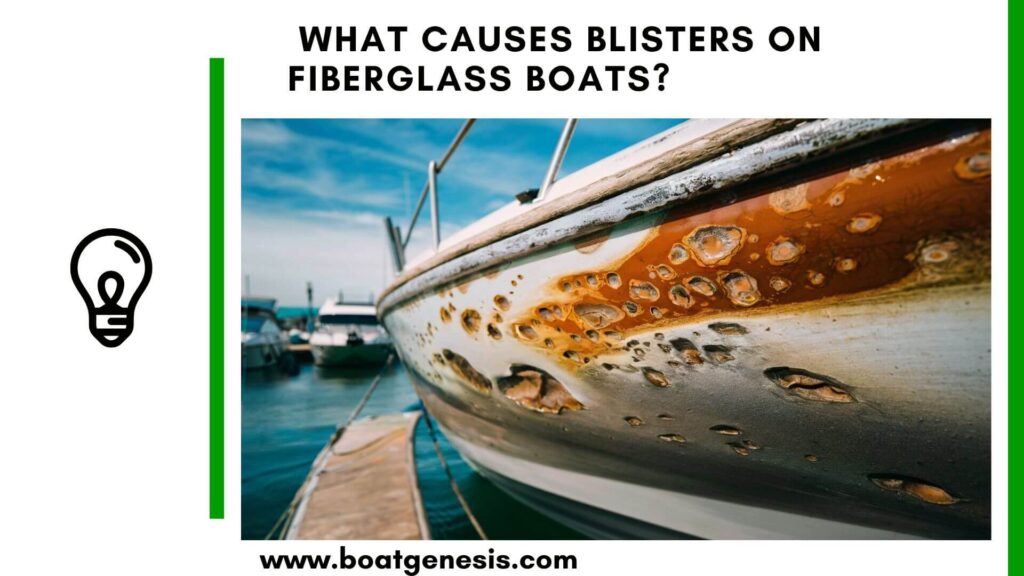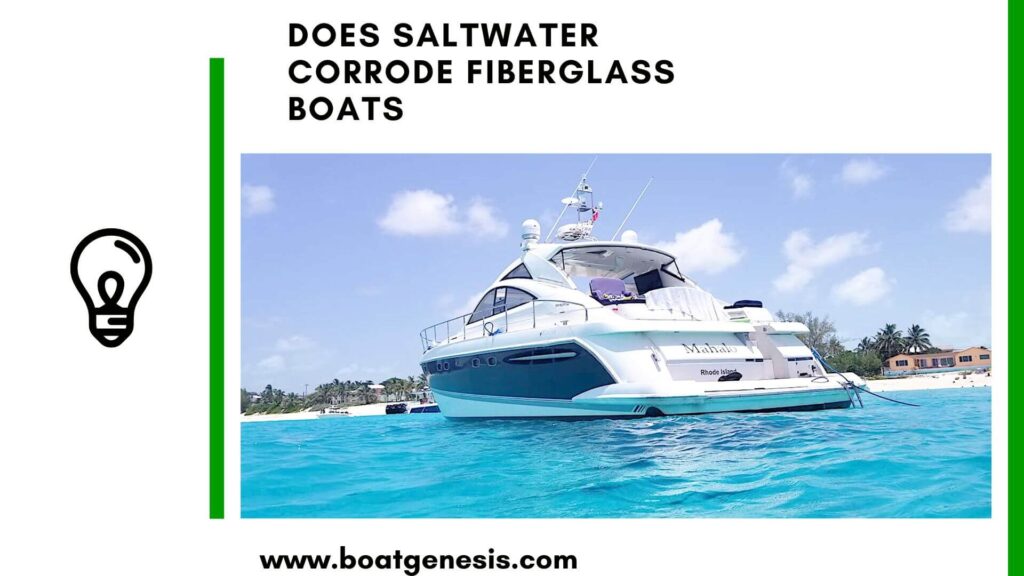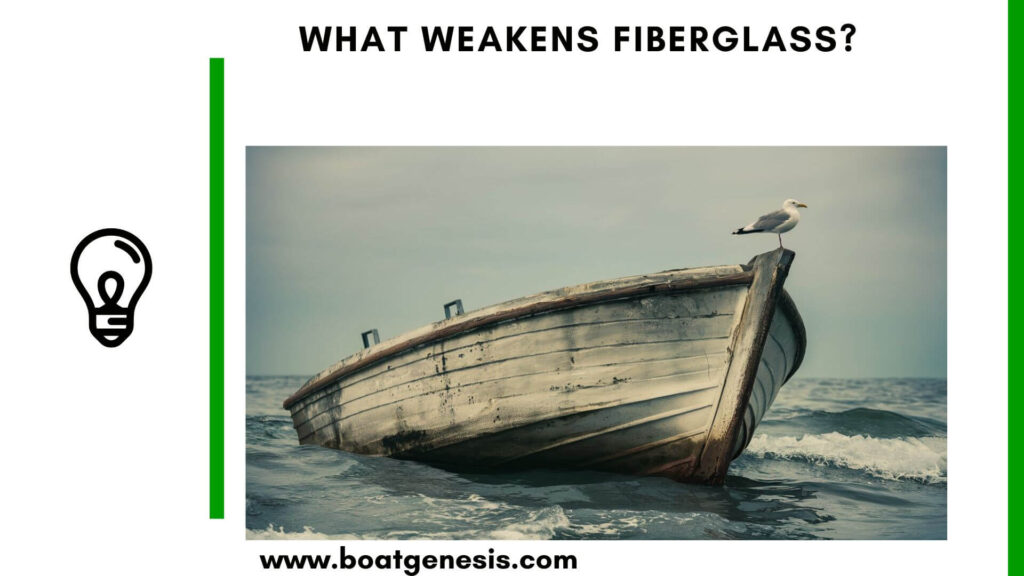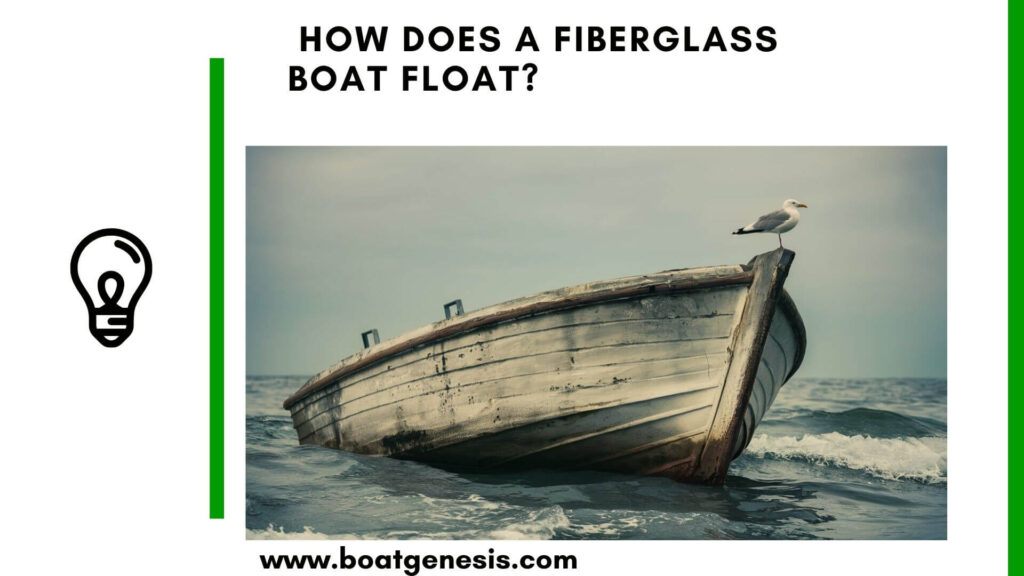If you’re a proud owner of a fiberglass boat, you may have noticed unsightly blisters forming on the hull. These blisters can be a real headache, but understanding what causes them is the first step in preventing and repairing the issue.
In this in-depth article, we’ll dive into the root causes of blisters on your fiberglass boat gelcoat and provide you with valuable insights to keep your boat in tip-top shape.
Let’s get started.
What Causes Blisters on Fiberglass Boats
Here are the main reasons blisters appear on your boat gelcoat.
1. The Culprit: Osmosis
The primary cause of hull blisters is a chemical process called osmosis. Osmosis occurs when water molecules pass through the gelcoat, the protective outer layer of your boat’s hull, and interact with the underlying laminate layers.
Over time, this interaction leads to the formation of blisters.
But why does osmosis happen in the first place?
Well, it all comes down to the materials used in the construction of your boat. Fiberglass boats are typically made with polyester resin, which can contain water-soluble substances.
When water penetrates the gelcoat and reaches these substances, it creates a chemical reaction that results in blistering.
2. The Role of Polyester Resin
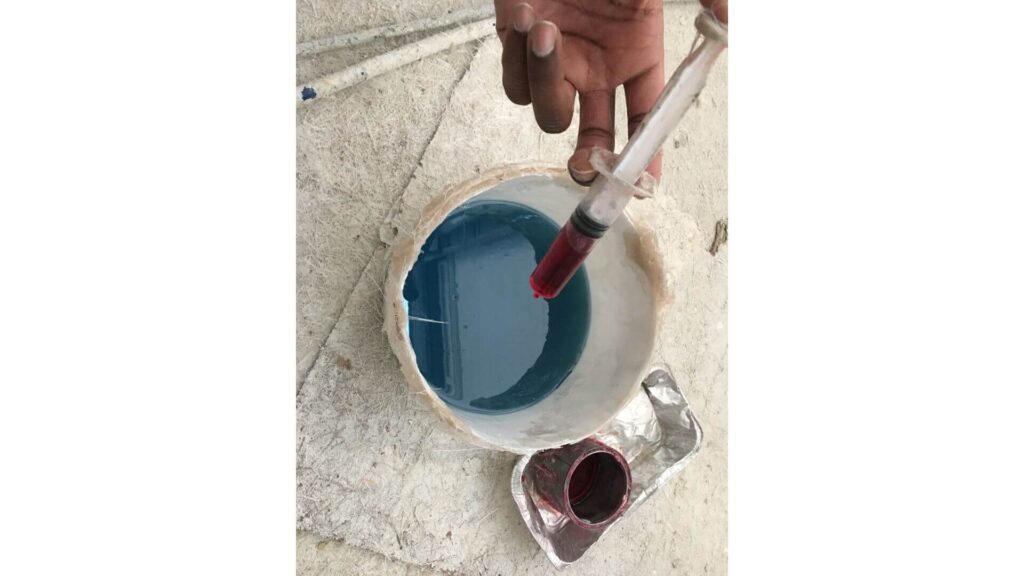
Polyester resin is a common material used in the manufacturing of fiberglass boats.
While it offers many benefits, such as affordability and ease of use, it also has its drawbacks. Polyester resin is more susceptible to water absorption compared to other resins like epoxy, making it more prone to blistering.
Manufacturers have made strides in improving the quality of polyester resins over the years, but the risk of blistering still exists.
It’s essential to choose a reputable boat manufacturer that uses high-quality materials and follows proper construction techniques to minimize the likelihood of blistering.
==>> Also read: What causes cracks in fiberglass boats?
3. Contributing Factors
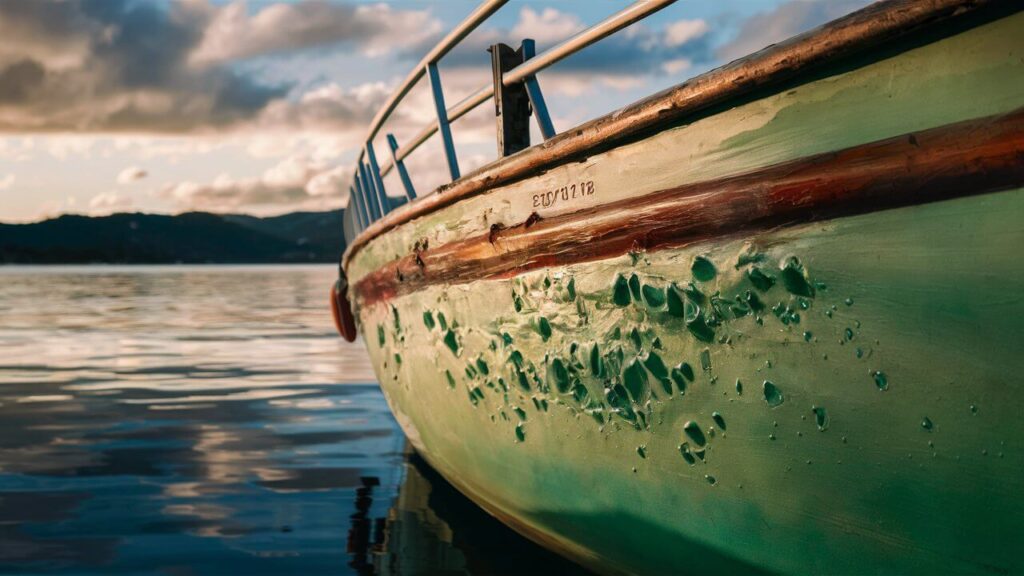
While osmosis is the main culprit behind blisters, several other factors can contribute to their formation:
- Poor gelcoat application: If the gelcoat is applied too thinly or unevenly, it can allow water to penetrate more easily.
- Improper curing: If the polyester resin doesn’t cure properly during the manufacturing process, it can lead to a weaker, more porous structure that’s more susceptible to water intrusion.
- Age and wear: As your boat ages and is exposed to the elements, the gelcoat can become worn and more vulnerable to water penetration.
- Environmental conditions: Boats that are frequently exposed to harsh sunlight, saltwater, or extreme temperature changes may be more prone to blistering.
==>> Also read: What causes soft spots in fiberglass boats?
Prevention and Repair
Now that you understand what causes fiberglass blisters, let’s talk about how to prevent and repair them:
- Regular maintenance: Keeping your boat clean and waxed can help protect the gelcoat and prevent water intrusion. Inspect your hull regularly for any signs of blistering.
- Proper storage: When not in use, store your boat in a covered area or use a high-quality boat cover to protect it from the elements.
- Professional repairs: If you do notice blisters, you can fix them yourself or have them repaired by a professional. They can properly grind out the affected areas, dry the hull, and apply new gelcoat or epoxy to seal and protect the surface.
The Bottom Line
Blisters on your gelcoat may be a common issue among boat owners, but understanding their causes and taking preventive measures can go a long way in keeping your vessel in excellent condition.
Hope you have gained value from this article.
If you have any questions, consider leaving them in the comment section below.

Founder of BoatGenesis, Warren has hands-on experience in fiberglass boat repairs, marine equipment testing, and powerboat building. Learn more about Warren.

